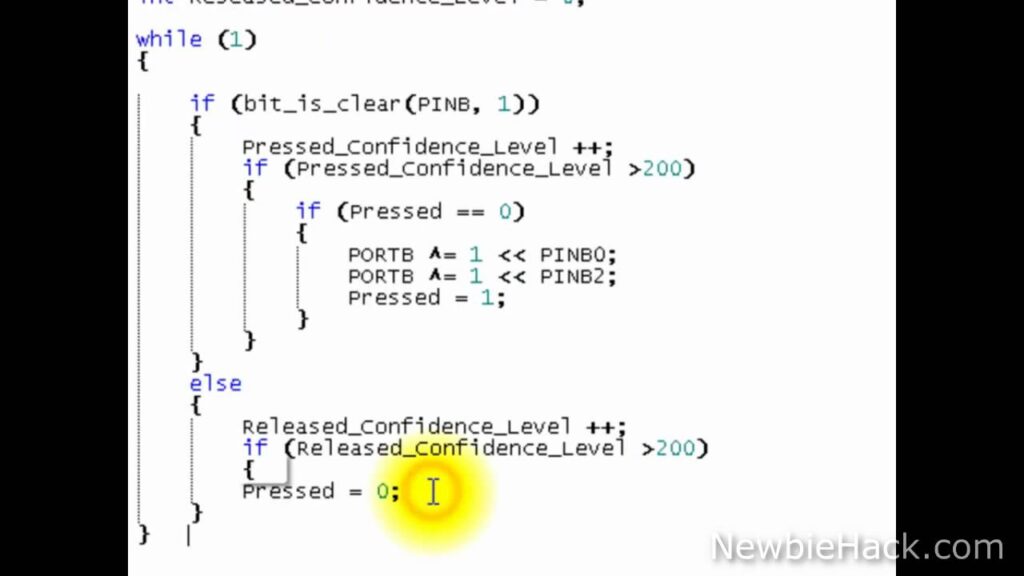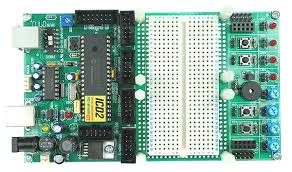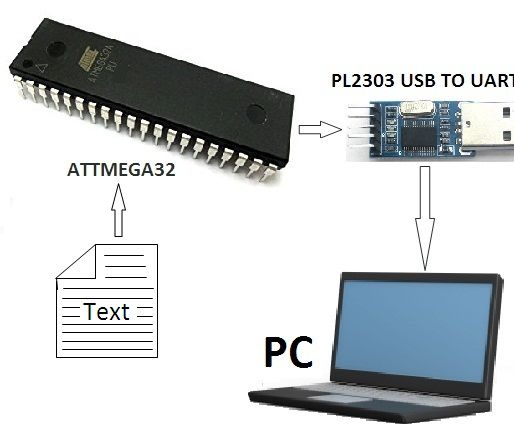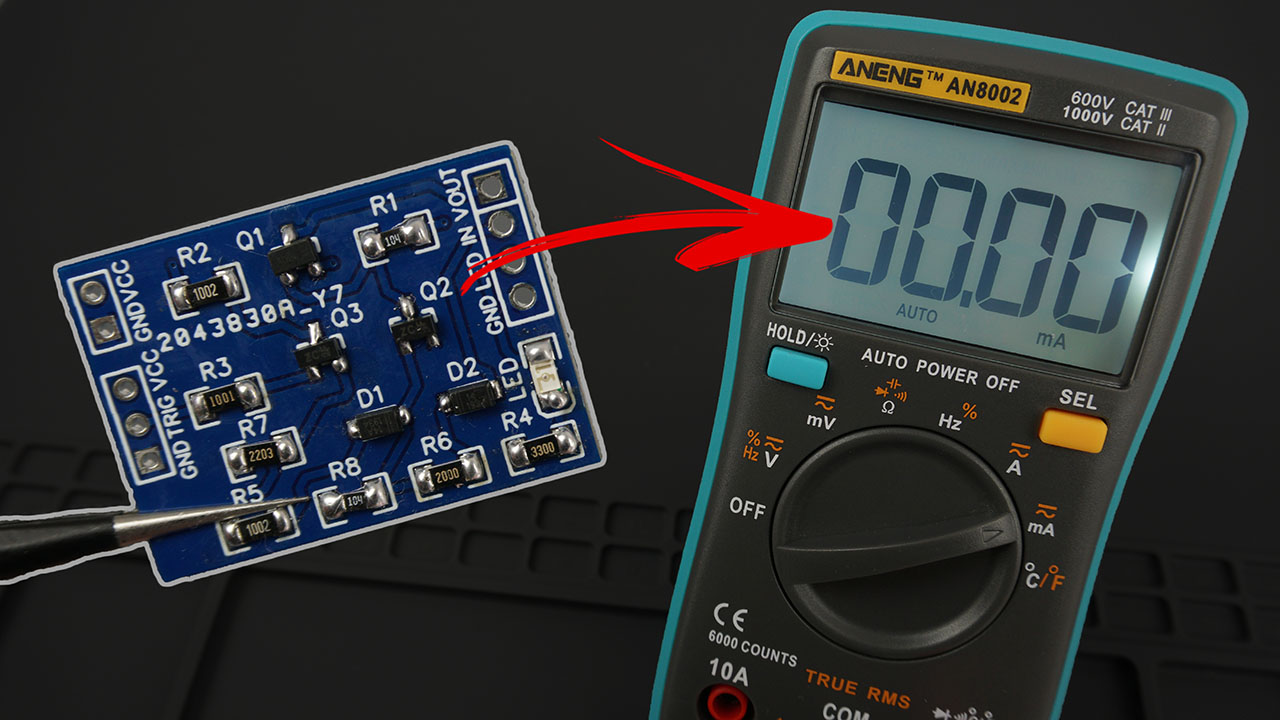How to Implement Debouncing in Microcontroller Programming
Debouncing is a common issue that arises in microcontroller programming when dealing with inputs from buttons or switches. It occurs when a mechanical switch or button is pressed, causing multiple input signals to be generated due to bouncing contacts. This can lead to erratic behavior in your code, such as registering multiple button presses for a single press event.
To overcome this issue, debouncing techniques are implemented in the code to filter out these unwanted signals and ensure that only a single clean signal is processed. In this article, we will explore how to implement debouncing in microcontroller programming effectively.
Types of Debouncing
There are several methods to debounce signals in microcontroller programming. Some common techniques include:
- Software Debouncing
- Hardware Debouncing
- Combination of Software and Hardware Debouncing
Software Debouncing
Software debouncing involves writing code to filter out the unwanted signals caused by switch bounces. One of the simplest and commonly used software debouncing techniques is to introduce a delay between successive readings of the switch state. This delay allows the transient signals to settle down, ensuring that only a clean signal is detected.
Another software debouncing technique involves using a state machine to keep track of the switch state and filter out any noise signals. By implementing a state machine, you can ensure that only valid button presses are registered, improving the overall responsiveness of your code.
Hardware Debouncing
Hardware debouncing involves using external components such as resistors, capacitors, or dedicated debounce ICs to filter out the noise signals generated by switch bounces. These components help in stabilizing the input signal and ensuring that only a single clean signal is processed by the microcontroller.
Combination of Software and Hardware Debouncing
In some cases, a combination of both software and hardware debouncing techniques is used to achieve optimal debouncing performance. By utilizing the strengths of both approaches, you can effectively filter out the unwanted signals and ensure reliable operation of your microcontroller-based system.
Conclusion
Debouncing is a crucial aspect of microcontroller programming that should not be overlooked when working with input signals from buttons or switches. By implementing effective debouncing techniques, you can ensure that your code operates reliably and accurately, eliminating any erratic behavior caused by switch bounces.
Whether you choose to use software debouncing, hardware debouncing, or a combination of both, it is essential to understand the principles behind debouncing and apply the appropriate techniques to filter out noise signals effectively. By doing so, you can enhance the performance of your microcontroller-based projects and ensure smoother operation in real-world applications.
How to Implement Debouncing in Microcontroller Programming
Debouncing is a common issue that arises in microcontroller programming when dealing with inputs from buttons or switches. It occurs when a mechanical switch or button is pressed, causing multiple input signals to be generated due to bouncing contacts. This can lead to erratic behavior in your code, such as registering multiple button presses for a single press event.
To overcome this issue, debouncing techniques are implemented in the code to filter out these unwanted signals and ensure that only a single clean signal is processed. In this article, we will explore how to implement debouncing in microcontroller programming effectively.
Types of Debouncing
There are several methods to debounce signals in microcontroller programming. Some common techniques include:
- Software Debouncing
- Hardware Debouncing
- Combination of Software and Hardware Debouncing
Software Debouncing
Software debouncing involves writing code to filter out the unwanted signals caused by switch bounces. One of the simplest and commonly used software debouncing techniques is to introduce a delay between successive readings of the switch state. This delay allows the transient signals to settle down, ensuring that only a clean signal is detected.
Another software debouncing technique involves using a state machine to keep track of the switch state and filter out any noise signals. By implementing a state machine, you can ensure that only valid button presses are registered, improving the overall responsiveness of your code.
Hardware Debouncing
Hardware debouncing involves using external components such as resistors, capacitors, or dedicated debounce ICs to filter out the noise signals generated by switch bounces. These components help in stabilizing the input signal and ensuring that only a single clean signal is processed by the microcontroller.
Combination of Software and Hardware Debouncing
In some cases, a combination of both software and hardware debouncing techniques is used to achieve optimal debouncing performance. By utilizing the strengths of both approaches, you can effectively filter out the unwanted signals and ensure reliable operation of your microcontroller-based system.
Conclusion
Debouncing is a crucial aspect of microcontroller programming that should not be overlooked when working with input signals from buttons or switches. By implementing effective debouncing techniques, you can ensure that your code operates reliably and accurately, eliminating any erratic behavior caused by switch bounces.
Whether you choose to use software debouncing, hardware debouncing, or a combination of both, it is essential to understand the principles behind debouncing and apply the appropriate techniques to filter out noise signals effectively. By doing so, you can enhance the performance of your microcontroller-based projects and ensure smoother operation in real-world applications.



